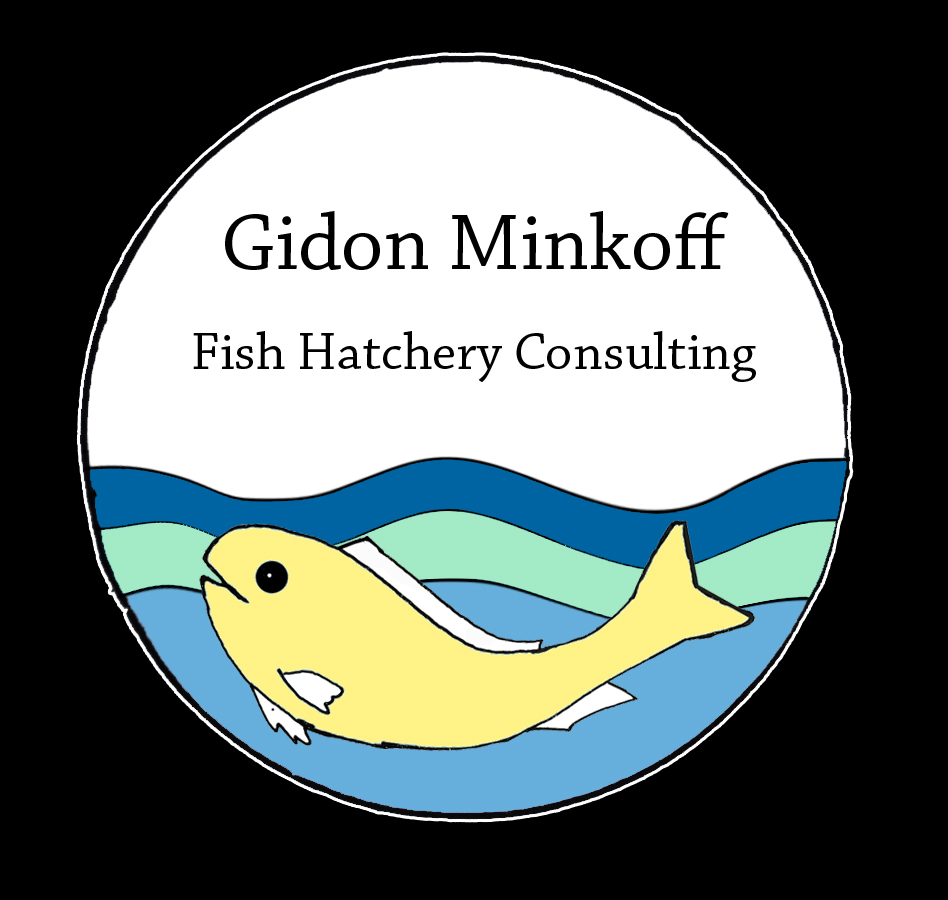
Sablefish Harvest at Omega Pacific, British Columbia.
Sablefish farming is an opportunity in the waiting, I intend to throw out the kind of information and know how to demonstrate just how significant this opportunity is. My hope is to wake up the appetite of fish farming entrepreneurs to choose this fish for their next venture.
There are four main factors that make Sablefish farming such a golden opportunity:
- It is an extremely valuable fish with a price of 14-16 $US/Kg, a value that has been holding steady for over 10 years.
- Due to the manner in which the fishery is regulated, supplies are low and constant at 15,000-16,500 metric tons/yr.
- There is plenty more room in the market for Sablefish easily reaching 50,000mt without significant impact on the price structure.
- Sablefish have been produced successfully and profitably by a number of farms on the west coast of Canada.
Sablefish, also known as Blackcod, is highly valued in Japan where it is known as Gindara. In Europe and North America it is gradually entering the consciousness of the consumer, or should I say the connoisseur, mainly through high-end restaurants. But with many fish consumers the response I get when mentioning sablefish is “Ah yes, cod” . But no, Blackcod has nothing to do with cod. Cod is just one of those generic fish names that the British seem to have left in the wake of the empire.
Sablefish is very different. It is not found in the Atlantic and it is far less abundant than Cod. It is much firmer than Cod and has a firm yet silky texture that results from its high oil content and abundance of those wonderful omega 3’s. By far the greatest culinary attribute of Sablefish is that it never ever tastes “fishy”. Or at least I have never had a “fishy” tasting Sablefish. This in itself is something worth looking into since although it used to be common for the Japanese fish merchants to stockpile the frozen fish during the short fishing season, when defrosted 6-8 months later, it still retained its delicate flavor and silky texture.
The high oil content and abundance of the DHA and EPA omega-3 fatty acids are a physiological adaptation to the environment that Sablefish inhabit. At the depths of 600-1,500m in the North Pacific, where this fish lives, the water temperature ranges from 4-6oC. Under such extreme conditions the activity of enzymes and other physiological life processes are only possible if all the cellular biological membranes have an abundance of these highly unsaturated fatty acids. These fatty acids do not congeal at low temperatures and they keep the membranes soft and supple and physiologically active despite the cold environment in which this fish lives. Bruce Kenny with a 3kg farm raised Sablefish
Bruce Kenny with a 3kg farm raised Sablefish
Sablefish are mainly caught off the coast of British Columbia and Alaska. However, before being severely over-fished during the 70’s and early ‘80’s, mainly by the Japanese, their geographical distribution extended from Southern California all the way around to the North of the Japanese archipelago. Following from the disastrous consequences of over-fishing, its range shrunk considerably and in an effort to stabilize the fishery, Canada and the USA imposed strict control over their fishing grounds. Over the years the fishery for sablefish has become highly regulated. The total annual catch is decided by fishery scientists and then divided into quotas amongst a very limited number of licensed fishing boats that fish in well defined fishing zones. In all, about 13,000-14,000 metric tons of Sablefish are caught annually by US fishermen and another 2,000-2,500 thousand tons by the Canadians. A higher fishing rate is not sustainable as the quota is based on an estimation of the spawning biomass and fishing higher numbers could easily endanger the commercial viability of this fishery.
The current situation therefore, is that supply is limited. How will the price structure change if supply increases? That is the next question. Being a small volume fishery there are very few studies on the long term effect of supply on price. In fact, as the fishermen have no problem at all in selling their entire catch at premium prices, there are no recent market studies. However, in the early 2000’s the Sablefish fishermen associations were very keen to pressure their governments into stopping the emerging farming activities. They were keen to demonstrate that if farming of Sablefish were to be allowed, it would ruin both their fishery and their income. Make no mistake, these were not subsistence fishermen. These guys owned massive boats with valuable quotas that were earning them millions of dollars a year. The few cash strapped entrepreneurs like myself who wanted to add fish to this market had to meet this well financed challenge head on. Luckily for us, in some cases they seemed to have shot themselves in the foot. Such was the case with a study they had commissioned and which was published in 2004 by Huppert and Best from Washington University. This article is certainly worth reading by anyone getting into Sablefish farming. But what I loved about the article was that it showed that if availability was doubled or even trebled, the effect on the market price would be minimal.
I think this is enough for this chapter, I will leave you with a number which I will elaborate on next time: The farm production costs of Sablefish are between $US 4-5/Kg. which, at current market prices, leaves a profit of $US 9-11/kg. I am not sure that we can find another fish that can generate such high returns to the grower. In the meantime, if you have any questions just contact me through my web page. Or, just wait for the next instalment….


Thanks. Nice to get positive feedback. And what do you think about the fish? Tasty?
Can sablefish be farmed in RAS?